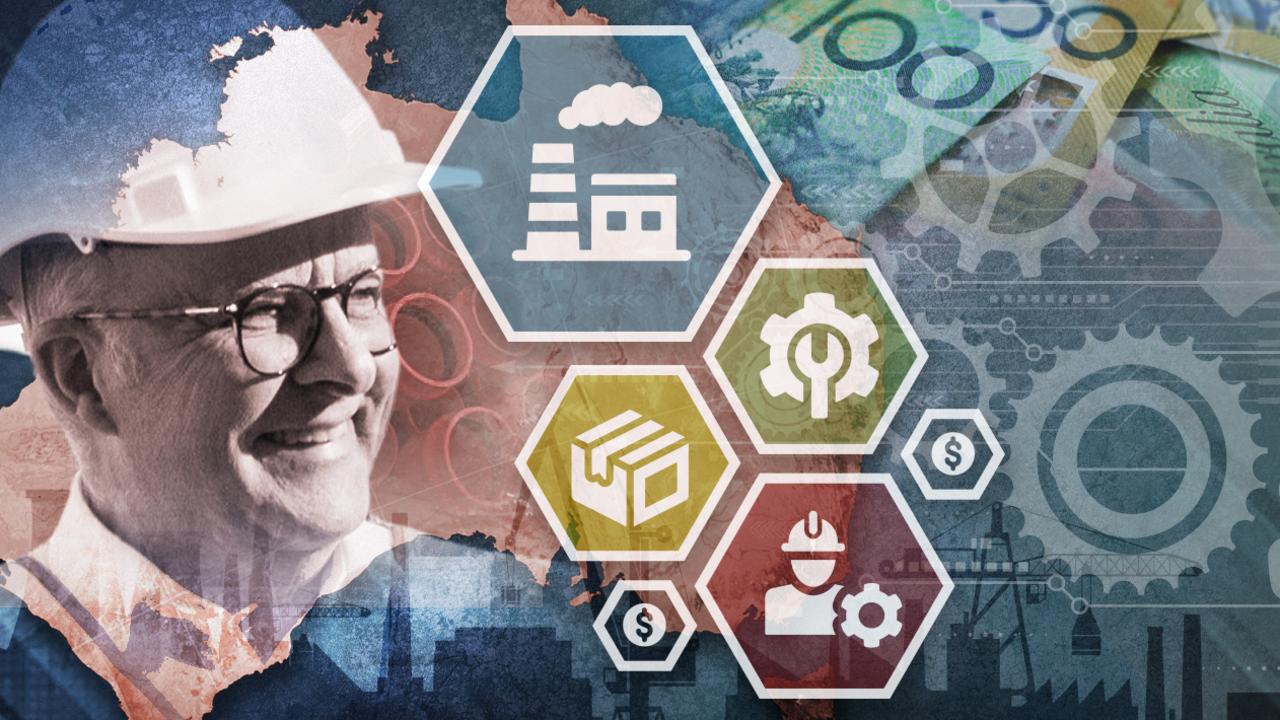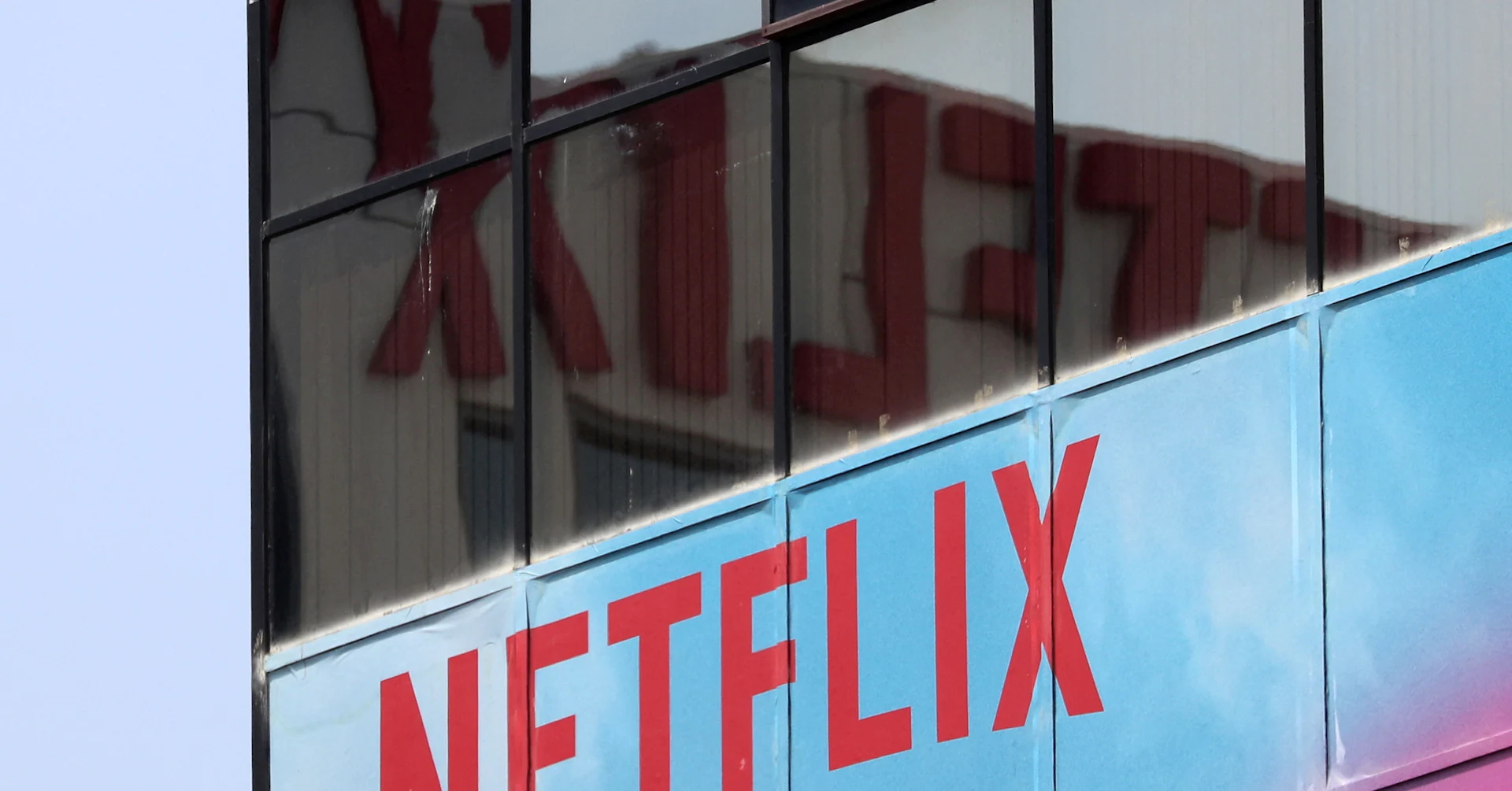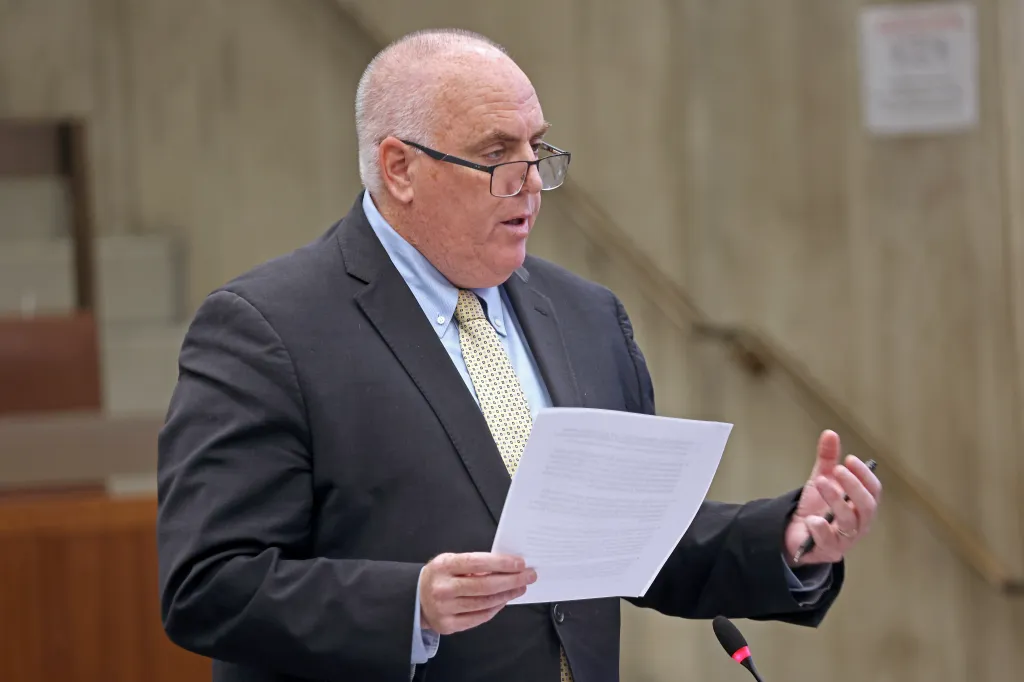Copyright news

The move comes as cutting-edge companies have promised “a new industrial revolution” if Australia can seize the opportunities before it and pave the way for these industries to grow. The latest figures show manufacturing today is less than a quarter of what it was in Australia in 1960, putting a drag on the economy and endangering our national security. This critical tipping point has inspired this masthead to join forces with Australia’s biggest and most trusted companies to create BACK AUSTRALIA, a game-changing campaign to turbocharge the local industries at the heart of our economy. Our partners include iconic brands such as Westpac, Coles and Bunnings, as well as business titans like Andrew “Twiggy” Forrest, Dick Smith and Katie Page, who have united to support Australian producers and providers and make it easier for Australians to support local businesses. Mr Albanese said it was vital to restore Australian manufacturing to the central role it once had in the economy. “Australia needs to be a nation that makes things,” he told this masthead. “We were a manufacturing powerhouse before and we can be again. We have the best and brightest businesses in the world and we need to ensure they reach their full potential. “That’s the country I want to lead and that’s what our Future Made in Australia plan will deliver. That’s why my government will always back Australia.” Opposition Leader Sussan Ley also threw her support behind the campaign. “Every time we buy Australian made, we are backing our workers, protecting our jobs and building our future,” she said. “Australia must always be a country that makes things. From our farms to our factories, backing Australian made means backing Australia’s future.” Australian Bureau of Statistics (ABS) and Reserve Bank of Australia (RBA) figures show that at its peak in 1960 manufacturing comprised a staggering 29 per cent of Australia’s national GDP but last month that figure had dropped to just 5.9 per cent. Despite the decline, a 2024 AIG report found manufacturing output still grew by 2.8 per cent in 2023 and contributed $30.8 billion to the economy, making it an effective, efficient and yet critically neglected sector. Meanwhile, research shows 84 per cent of consumers would be more likely to buy a product if they knew it was Australian made and 89 per cent believe more manufacturing should be done in Australia. Business guru Tony Shepherd, who led the NSW Modern Manufacturing Taskforce, said the current situation was “very dire” and called for a new national taskforce to work across federal, state and local governments to help new start-ups and cut red tape – which he described as a “nightmare”. “You can honestly say that manufacturing is dying, and this has serious economic and strategic implications,” he told this masthead. “It means that we now have to rely on importation for manufacturing goods and so our self-sufficiency has been significantly eroded and we have to rely on long and very vulnerable supply chains in a risky world.” Mr Shepherd, the inaugural chairman of Infrastructure SA and a driver of projects such as the Sydney Harbour Tunnel and Melbourne’s CityLink, said the lessons of Australia’s industrial vulnerability exposed by the Japanese attacks of World War II had been forgotten. “At the end of World War II, we looked at ourselves and said, ‘God Almighty, we’re screwed’. That’s right, we’re screwed. And we’re not going to let it happen again.” Want to read more of the stories you love on one of our state news websites? Click here to sign up for a free trial and access 12 locked articles on web over 12 weeks. Limits and T&Cs apply. Mr Shepherd, who worked for the Department of Supply in the post-war years, said government – especially mega-departments like Defence – needed to actively prioritise Australian companies and use big contracts to build industrial capability. He also blamed high power prices for fuelling the problem, driving high-energy users like the Tomago aluminium smelter offshore. Australian Workers Union national secretary Paul Farrow said heavy industry plants like Tomago were “vital sovereign assets”. “We simply cannot let sites like Tomago close. The livelihoods of too many, and our national interest, demand we get it right,” he told this masthead. Mr Farrow said Australian industry had been crippled by “ideological extremists” on both sides of politics. “Hardline, free-market bean-counters on one side; virtue-signalling, doomsday greenies on the other. Both want Australia to just give up making important things. Both are wrong. “This campaign to back Australian-made is desperately needed right now.” Industry figures also warned of the vital need for Australia to seize the initiative in new fields such as quantum computing, the cutting-edge of tech hardware in which Australia is the global leader. The world’s first commercially useful quantum computer will be built in Australia, with engineers saying it will spark a new industrial revolution and rewrite the balance of global power. PsiQuantum Australia chief technical director Geoff Pryde, who is overseeing the construction of the new supercomputer, told this masthead it would be a geopolitical gamechanger. “The Back Australia campaign understands something essential: Power in the 21st century comes from advanced manufacturing capability. Not just from software, but also from making real things,” he said. “We’re not really a tech company. We’re a company building physical infrastructure, that in turn will lead to people making physical things. “We think the computer we’re building in Brisbane could usher in a new industrial revolution.” This article is part of the Back Australia series, which was supported by Australian Made Campaign, Harvey Norman, Westpac, Bunnings, Coles, TechnologyOne, REA Group, Cadbury, R.M.Williams, Qantas, Vodafone and BHP. Originally published as Prime Minister Anthony Albanese’s plan to make Australia a strong manufacturing nation again



